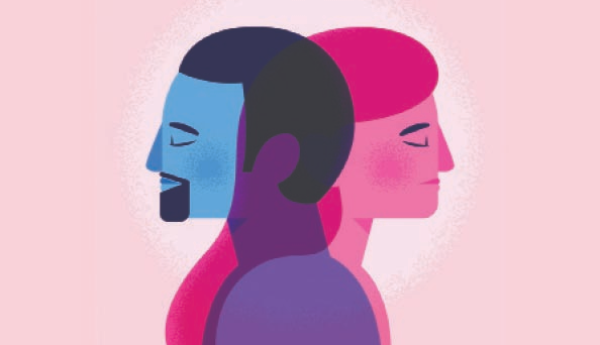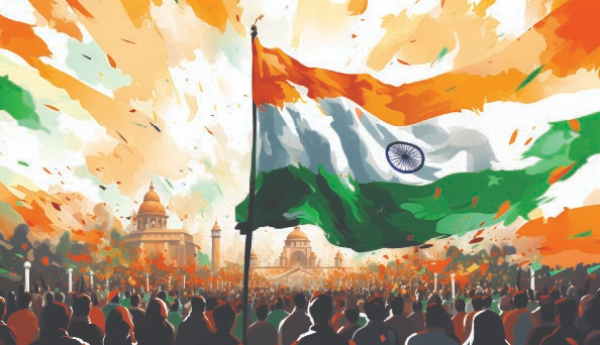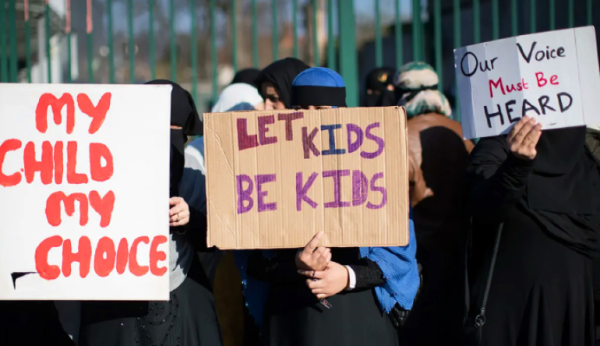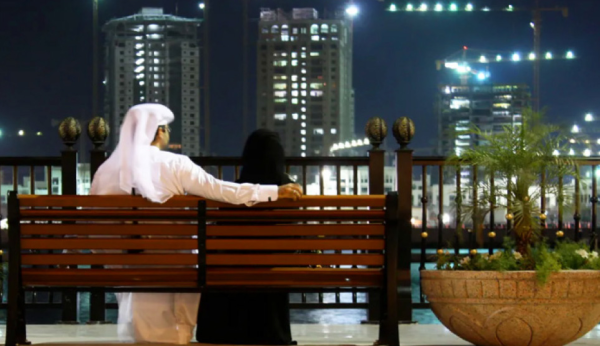Poverty in Bangladesh: Government Policy to Alleviate It.
Poverty in Bangladesh: Government Policy to Alleviate It.
Poverty in Bangladesh: Government Policy to Alleviate It.
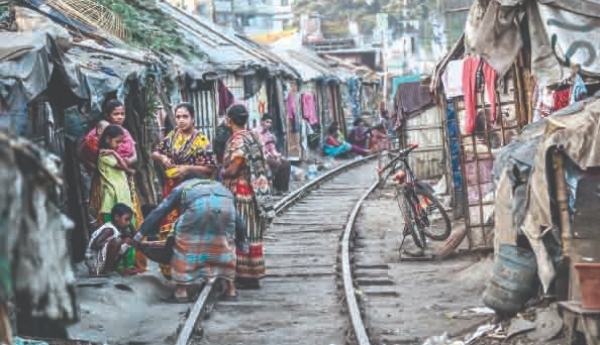
Poverty is a state or condition in which a person or community lacks the financial resources and essentials for a minimum standard of living. Bangladesh government has been able to reduce the poverty rate but it has not actually reduced the number of poor people. In the past, poverty meant only lack of food and shelter. But in the modern economy social indicators such as literacy levels, lack of disease resistance due to malnutrition, lack of access to healthcare, lack of job opportunities, and lack of access to safe drinking water and sanitation are also used. According to the statistical report, the poverty rate in Bangladesh after independence was about 80 percent and currently it is 18.7 percent. Comparing the 2016 and 2022 BBS reports, we can see that in 2016, the poverty rate was 24.3% and the extreme poverty rate was 12.9%. In 2022 the poverty rate was reduced to 18.7% and the extreme poverty rate to 5.6%. The poverty rate declined steadily throughout these years but the number of poor people doesn't. The number of poor people was 35 million in the 1980s decade and it is still 35 million. In reality the number can be much higher.
There are so many significant reasons behind the poverty problem in Bangladesh like : Inflationary spiral, Unemployment and underemployment, High population growth, Lack of capital formation, Income inequality, Education and skill gap, Social and economic discrimination, Global Economic Factors, Political and Institutional Factors, Corruption, Interest based economic system and many more. Let's discuss some of these issues and the government’s duty in detail.
Inflationary spiral problem:
The poverty rate increases due to inflation. When inflation is high, people's purchasing power decreases a lot. But the income of poor people does not increase in comparison. Hence the poverty rate increases due to inflation. Recently, the inflation rate in Bangladesh has increased alarmingly. Currently the inflation rate in Bangladesh is 9.92% (In August, 2023). The inflation rate in 2021 and 2022 was 5.55% and 7.70%. Bangladesh government has failed to control inflation but the government has some things to do to reduce the impact of inflation on poverty.
Policies such as social safety nets and minimum wage adjustments, can mitigate the impact of inflation on poverty rates. For example, if a government raises the minimum wage to keep pace with inflation, it can help low-income workers maintain their standard of living. But no such initiative has been seen yet from the government
Unemployment and underemployment problem:
Unemployment directly affects people's income because they lose their jobs and, their source of income. When individuals or households experience a loss of employment income, they may become more vulnerable to falling into poverty.
At the end of March 2023, 25 lakh 90 thousand people were unemployed in the country. At the end of December 2022, that number was 23 lakh 20 thousand. The unemployment rate was decreasing throughout the last 5 years but it rose again in the past few months. Overall employment grew by only 0.33 percent this year. The growth in employment is low compared to that of the labour force.
In such a case, the government should provide education and training to help reduce structural unemployment. Another thing the government can do is make labour markets more flexible, to make it easier to hire and fire workers. Encouraging entrepreneurship and small business development can lead to job creation. Governments can provide incentives, such as grants, low-interest loans, or tax breaks, to foster entrepreneurship. Our government is providing education and training help but still the number isn’t enough considering the huge unemployed number of people. GDP growth has accelerated in recent years, job growth has slowed and real wage growth has been sluggish as the high growth couldn't create sufficient jobs.
Income inequality:
When income is highly concentrated among a small portion of the population, it can result in a higher poverty rate for those with lower incomes. Mainly faulty distribution causes inequality. Never since 1972 has income inequality been seen so glaring in this country. The benefits of economic growth have trickled up rather than trickled down because of income inequality. Income share held by the highest 10% people increased from 21% in 1984 to 27% in 2010. Income share held by the lowest 10% people declined from 4.13% to 3.99%. At the end of 2022, the Gini(coefficient of measuring income inequality) rose to 0.499 points. In 2016, the Gini coefficient was 0.482 points. And in 2010 it was 0.458. Generally, a country is considered to have high income inequality if it is 0.500. Bangladesh is very little far from that direction. Statistics show that the number of millionaires and super rich is increasing rapidly in terms of bank deposits in Bangladesh. It may not be wrong to say that the benefits of economic growth are not reaching the low income and backward groups to a large extent, and thus increasing inequality. Even as average wealth increases, the gap between the super-rich and the super-poor continues to grow. Achieving inclusive growth it is necessary to change the condition of the low-income people or increase their purchasing power. Progressive taxation may be the most effective way to reduce income inequality in many countries. It is necessary to provide decent work, so that the condition of working people changes through proper wages and facilities. Another important means of reducing inequality is comprehensive reform of social security programs. In that context, there is a need to increase the coverage of social safety net for the poor.
Discrimination and corruption:
Discrimination often limits opportunity to a certain group of people. It can limit an individual's access to education, employment, housing and financial resources which further increase poverty more. Discrimination sometimes leads to lower wages and reduced income for marginalized individuals. In summary, discrimination creates and reinforces barriers that prevent individuals and communities from accessing resources and opportunities, ultimately leading to higher poverty rates among marginalized groups.
Discrimination can be due to many reasons. Such as: ethnic reason, religious reason, political reason, racism etc. In Bangladesh, however, the incidence of discrimination due to racism did not occur much. But there are many examples of discrimination on racial, religious and especially political grounds. Government's public awareness programs and strong administrative systems play a role in reducing inequality. But in Bangladesh there is a lot of inequality due to weak governance and lax political practices. For example, Madrasah students face discrimination in higher education and good jobs. Not only madrasah students, tribal also face various discrimination. Thus a group falls behind and increases the poverty rate. If the government was transparent, accountable and efficient enough, the incidence of discrimination would be reduced.
Corruption is also a major cause of poverty. Corruption wastes resources, hinders development. Due to corruption, the lower class people are deprived of government facilities. Due to corruption, the wealth of the country is smuggled abroad. Corruption reduces the employment and efficiency of a country. All these factors contribute to the increase in poverty rates. The Bangladesh government has always failed to fight corruption. Because of this, economic progress is being hindered and poverty is increasing. To ensure a lower poverty rate government must handle discrimination and corruption issues with strong hand.
Are government activities enough?
The government runs social security programs to alleviate poverty. Social security programs implemented in Bangladesh are mainly classified into 5 categories based on life cycles. The main class-based programs are: 1. Programs for children 2. Program for Workable Citizens 3. Pension system for the elderly 4. Program for the disabled 5. Minor and special programs
The government gives allowance to special people. But how much is the allowance? The amount per month of elderly allowance is 600 Taka, widow allowance is 550 Taka, and disability allowance is 750 Taka. Everyone will agree that it is impossible to eradicate poverty with such a small amount of allowance. In order to ensure the food security of the low income people, the government sells food at a lower price than the market price in the open market by subsidizing it. In the current budget, the government provides subsidies of Taka 6,766 crore in various food programs. The government program for this purpose is quite commendable but due to corruption this benefit is not reaching the right people properly. Government surveillance should be increased in this sector. The government has been running a food-for-work (KABIKHA) program to improve rural infrastructure. For this purpose, 1043 crores was allocated in the financial year 2020-21. The government has allocated 1650 crore Taka to bring the very poor people under employment. But no real reflection of this program has been seen at all. In order to provide emergency cash assistance to people during calamities, the government runs the GR scheme and VGF program for food assistance.
A very commendable initiative of the government is the stipend scheme. According to 2022 data, 1.4 million primary school students and about 4.2 lakh secondary students are covered under the stipend. This is undoubtedly a good initiative. Recently, the government has strengthened the shelter scheme for the homeless. Common people are giving half-baked houses as gifts to those who have no houses. According to government estimates, about 2,98,249 families have been given houses. But there is a big problem here. The local political leaders are grabbing the benefits of the project themselves or giving it to their own people. The government has failed to maintain transparency.
Also, the government has taken many other steps to alleviate poverty. But the steps taken by the government are not enough. According to the government's plan "Vision 2041", growth must be inclusive to build a poverty-free country. Expenditure on agriculture and social security should be increased. In the fiscal year 2023-24, the allocation for the social security sector has been increased to Taka 1,26,272 Crore in the budget. The proposed allocation is 16.58 percent of the total budget and 2.52 percent of the Gross Domestic Product (GDP). It should be ensured that the allocated budget is actually spent on the underprivileged. The backward people should not only be given financial assistance. They should be given the necessary skills development and employment opportunities to make them self-reliant. It should be ensured that the backward communities also get equal opportunities by eliminating all kinds of discrimination, and if necessary, they should be given priority. The price of daily necessities including food grains should be kept under control even with subsidies. Equitable distribution of resources should be ensured.
The author of this article is studying at the Department of Economics, University of Dhaka.
 Md. Sazeer
Md. Sazeer 

